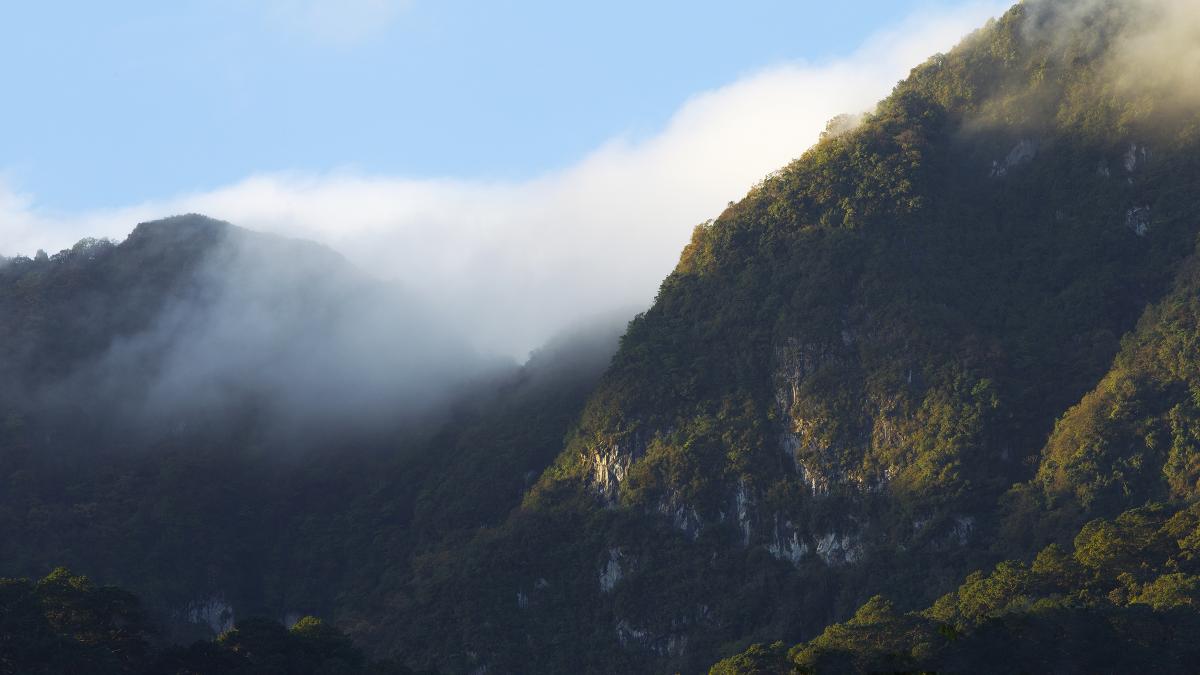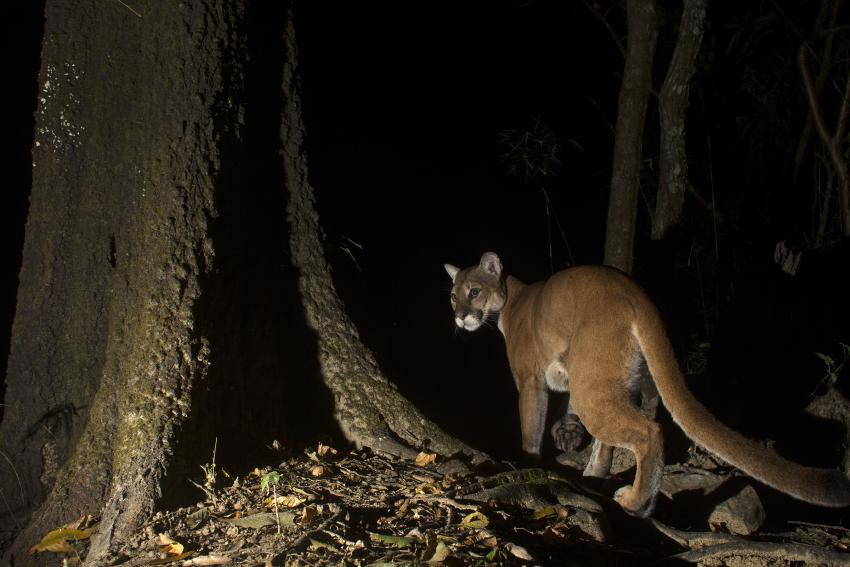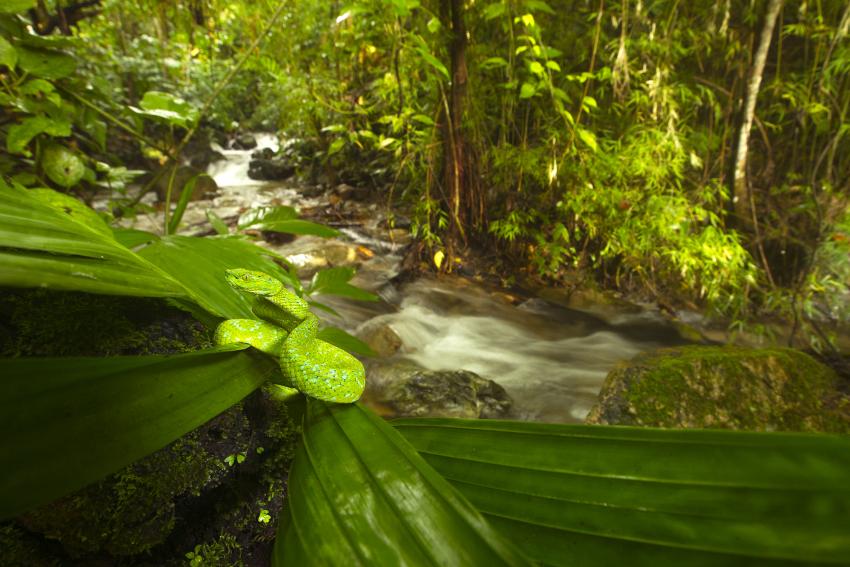Biosphere Reserve El Triunfo: where sacred Quetzals roam free…
The mountains of Sierra Madre de Chiapas, south of the Chiapas State, Mexico, are home to the most diverse and largest evergreen cloud forest in Mesoamerica and the largest remaining tropical rainforest on the Mexican Pacific coast. The Biosphere Reserve El Triunfo protects the central portion of the Sierra Madre Mountains of Chiapas. With an area of 119,177 hectares, El Triunfo protects two of the most threatened ecosystems of Mexico: The Mountain Mesofile Forest (Cloud Forest), and the Tropical Humid Rainforest of Soconusco. In its totality, it has ten vegetation types and subtypes.
By Alan Monroy, WCPA Young Professionals Co-chair

Photo: Santiago Gibert Isern/Dimensión Natural
Its rugged terrain has an elevation that ranges between 450 and 2,450 meters above sea level, which runs from the northwest to the southeast along the Pacific Ocean coast. The mountains partially block rain clouds from the Pacific, a process known as Orographic lift, which creates a particularly humid and biologically rich coastal region called the Soconusco. El Triunfo is considered to be one of the most humid areas of the country. In the Pacific slope alone, annual precipitation surpasses 2,500 mm.
The reserve is constituted as the limit between two of the largest hydrological regions of the state; the Pacific coast and the Grijalva-Usumacinta River. Together, these watersheds capture 10% of the rainfall in all of Mexico. One of the lowland watersheds was dammed to create the Angostura dam, which provides 30% of all of Mexico’s electricity. El Triunfo really is a water factory, among the many other ecosystem services that the region provides.
 Photo: Santiago Gibert Isern/Dimensión Natural
Photo: Santiago Gibert Isern/Dimensión Natural
The steep mountainous terrain has served as a primary Pleistocene refuge, where a rich diversity of plants and animals has evolved. El Triunfo is home to 18 endemic terrestrial vertebrate species. The area is also considered a biodiversity hotspot: 588 species of butterflies (Lepidoptera) have been recorded, which account for 49% of butterflies in Chiapas. An approximated of 548 species of terrestrial vertebrates have been recorded on the region, including 381 bird species, making it one of the most important zones for bird conservation in Mexico.
Besides those impressive –but still cold- biodiversity figures, El Triunfo is home of one of the most beautiful birds on the planet. The Resplendent Quetzal (Pharomachrus mocinno) is a trogonid, which depends on the Mesofile Mountain Forest to survive and reproduce. Its iridescent plumage and the long (1m) upper-tail feathers present in males have aroused in the minds of the ancient people the sacred link between this bird and the Aztec deity Quetzalcoatl (literally meaning “Feathered snake”). When a male quetzal flies, its long green tail bounces in the air, giving the appearance of a bouncing snake. In pre-Hispanic times, the hunting of Quetzals was punished by death.
El Triunfo Biosphere Reserve not only protects cloud forests on the upper slopes of the Sierra Madre, but also the wet tropical rainforests of the Soconusco on the Mexican Pacific. It is also a working landscape and home to 15,000-18,000 people who grow coffee, much of which is exported to the United States, and is the basis for the regional economy. Interestingly, the area combines several indigenous communities (Tzotzil, Tzeltal and Mame), rural communities and large temporary population of Guatemalan coffee pickers.
The negative impact on the environment caused by human activities that led to the establishment of El Triunfo in 1972, have been addressed but hardly eliminated. Land change use, illegal logging and poaching, and more recently mining are real issues that quietly threatens the reserve and the surrounding areas.
However, governmental agencies such as CONANP, and institutions and NGOs such as FONCET, Dimension Natural S.C. and Proyecto Arroyo Negro are some hopeful examples that show that coordinated, participative and scientific collaborative work can be produced in order to protect one of the Mexican Biological jewels.
 Photo: Santiago Gibert Isern/Dimensión Natural
Photo: Santiago Gibert Isern/Dimensión Natural



